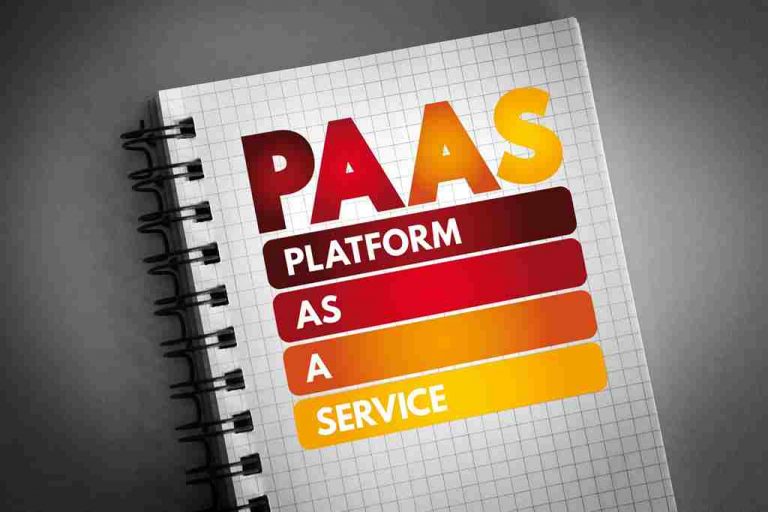For example, we would first deploy the appliance to a take a look at setting, permit the appropriate parties to verify the adjustments, and when everyone is joyful, the discharge is promoted to manufacturing. 6) The deployment of the code to the production servers takes place within the continuous deployment stage. This stage additionally covers the proper utilization of the code on all servers. 4) The continuous monitoring stage covers all of the operational elements of the DevOps process.

Continuous Delivery gives you the facility to resolve whether to make the releases day by day, weekly, or whenever the enterprise requires it. The maximum benefits of Continuous Delivery can solely be yielded in the event that they launch small batches, which are simple to troubleshoot if any glitch happens. Before we go on to studying and understanding the basics of the three practices, it’s important to know the reasons why they’re referred to as essentially the most crucial DevOps follow. Output is generated in the type of massive data or numerous documentation files. System errors similar to “low memory” and “server not reachable” are addressed on this stage, bolstering the supply and security of the application.
It is crucial because it allows larger transparency and foresight within the software program growth and supply course of. The follow of Modern Development is incomplete without mentioning Continuous Integration, Continuous Deployment, and Continuous Delivery pipeline. This pipeline is considered one of the finest DevOps practices to deliver the code modifications incessantly and safely. Jenkins is an automated CI server written in Java and used for automating CI/CD steps and reporting. Other open-source tools for integration embrace Travis CI and CircleCI. The left aspect of the equation takes the code written by builders, any dependencies of the code, a construct tool, and the environment the place the construct and tests are executed.
Specifically, CI/CD introduces ongoing automation and continuous monitoring throughout the lifecycle of apps, from integration and testing phases to delivery and deployment. The continuous integration/continuous delivery (CI/CD) pipeline is an agile DevOps workflow centered on a frequent and reliable software program delivery process. The methodology is iterative, rather than linear, which permits DevOps groups to write down code, combine it, run checks, ship releases and deploy adjustments to the software program collaboratively and in real-time. DevOps, quick for development and operations, is a collaborative methodology meant to interrupt down the barrier between growth and operations groups in a corporation. DevOps and steady integration/continuous delivery (CI/CD) are basic for companies trying to drive more innovation and produce transformational outcomes. CI/CD is a method to regularly deliver apps to clients by introducing automation into the stages of app development.
Globally, development teams depend on CI/CD practices to deliver code adjustments quickly and reliably. On the opposite hand, DevOps principles drive development and operations teams to work together with an aim to streamline all elements of product improvement. The ultimate stage of a mature CI/CD pipeline is steady deployment.

There is a main department within the repository carrying the newest model of the code. Once someone is finished with their change, they’ll push or merge it to the primary branch. The CI/CD pipeline is part of the broader DevOps/DevSecOps framework. In order to efficiently implement and run a CI/CD pipeline, organizations want instruments to forestall factors of friction that slow down integration and supply. Teams require an built-in toolchain of applied sciences to facilitate collaborative and unimpeded improvement efforts. This means that on high of automated testing, you have an automatic launch course of and you’ll deploy your utility any time by clicking a button.
To address this challenge, continuous integration drives the adoption of automation tools for testing and building. You need developers to merge their code typically so the checks have to be quick. Ideally inside minutes to keep away from developers switching context on a regular basis with extremely async suggestions from the CI builds. Alice, Bob, and Charlie are every engaged on three totally different features on their workstation.
CI and CD stand for steady integration and steady delivery/continuous deployment. In very simple terms, CI is a modern software development apply during which incremental code changes are made frequently and reliably. Automated build-and-test steps triggered by CI make certain that code changes being merged into the repository are reliable. The code is then delivered rapidly and seamlessly as part of the CD course of. In the software world, the CI/CD pipeline refers again to the automation that allows incremental code adjustments from developers’ desktops to be delivered shortly and reliably to production.
Continuous Integration (CI) is a DevOps software program growth apply that permits the developers to merge their code changes within the central repository. The amendments by the developers are validated by making a built and operating an automated test against them. The CD within the CI/CD process also stands for steady deployment. Continuous deployment automatically releases code modifications to end-users after passing a collection of predefined tests, similar to integration tests that test code in a copycat environment to ensure code integrity. This steady testing presents quicker bug fixes, ensures functionality and, ultimately, results in better collaboration and software program quality.
You could manually confirm that the merge of your department and the principle department works regionally, after which only truly push the merge to the repository. That’s why Continuous Integration is carried out using automated checks. The worst half is that repeated incidents gasoline a mistrust https://www.globalcloudteam.com/ of the main department and encourage developers to work aside. Finally, testing is finished, and Elizabeth happily announces that the release is prepared to be packaged and shipped to clients. Continuous Integration and Delivery are each development approaches.
IBM Cloud Continuous Delivery presents cloud-native DevOps tools as a service, fully hosted and managed on the IBM Cloud. The objective of the continuous supply pipeline stage is to deploy new code with minimal effort, but still allow a stage of human oversight. In this scenario, Continuous Deployment is quite rightly an extension of Continuous Integration, and the distinction between the 2 turns into somewhat arbitrary. 7) Finally, the continual operations stage ensures continuity via the end-to-end automation of the discharge course of.
Bookmark these assets to learn about kinds of DevOps groups, or for ongoing updates about DevOps at Atlassian. Teams can also need to consider managed CI/CD tools, which are available from a big selection of distributors. The main public cloud suppliers all offer CI/CD options, together with GitLab, CircleCI, Travis CI, Atlassian Bamboo, and lots of others.

The key objective of CI/CD is to allow swift, environment friendly, and automated rollout of product updates. This course of additionally mitigates product defects, thus boosting common consumer satisfaction ranges. Tests that run longer or provide little value in the context of CI should be moved to the CD step.
CD, as its name implies, is a way that leverages automation to expedite the delivery of recent code. Teams construct, take a look at, and launch software program as rapidly as possible briefly cycles. It generally assures that any modification made is releasable by automating the whole launch course of. A DevOps example can be the fast and environment friendly deployment of code on a cloud platform. It’s a continuous course of; somewhat than one major improve each few months or years, smaller, incremental updates are released repeatedly. This helps builders to construct, check, and deploy updates or releases without compromising the infrastructure’s stability.
Techniques to merge work in progress to the primary department are called “branching by abstraction” and “feature toggles”. See the weblog publish How to get started with Continuous Integration for more details. This method no person works apart for greater than a day or two and issues do not continuous integration monitoring have time to turn out to be snowballs. It is essential to know the issues CI and CD clear up to make use of them correctly. This will allow your team to improve your course of and keep away from putting effort into chasing fancy metrics that do not bring any worth to your course of.
Continuous deployment is similar to steady supply with the exception that releases occur mechanically. Continuous deployment is a software program engineering process by which product functionalities are delivered using computerized deployment. It helps testers to validate whether or not the codebase adjustments are correct and steady or not.
It might take only a few minutes between committing a code change and deployment into manufacturing, so lengthy as all automated exams are passed. For teams that received’t have to release updates as frequently of their workflow — corresponding to for those building healthcare functions — steady supply is often the preferred choice. It is slower however presents one other layer of oversight to make sure functionality for the end-users. CI permits builders to work independently, creating their own coding “branch” to implement small adjustments.